Nestled in the remote forests of northern Mongolia, where bone-chilling winter temperatures plummet to minus fifty degrees, one of the world’s most extraordinary nomadic cultures continues to thrive. The Dukha, also known as the Tsaatan – meaning “those who have reindeer” in Mongolian – represent something quite remarkable in our modern world: a community whose entire existence revolves around these majestic Arctic animals.
The Last Guardians of an Ancient Way
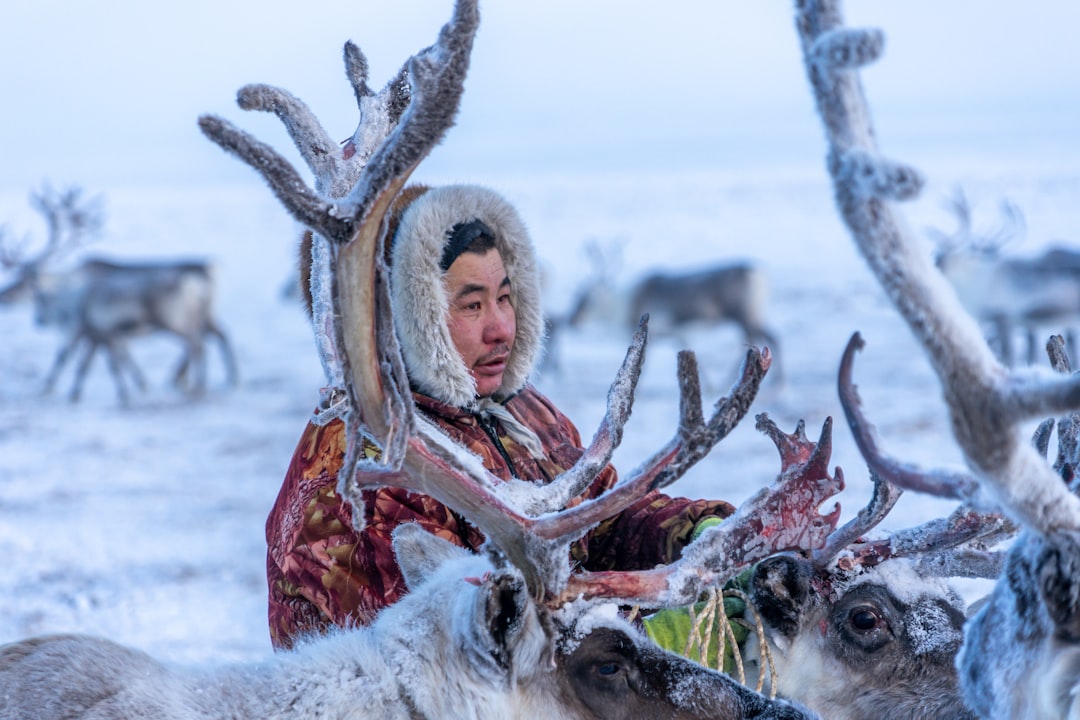
They are the only reindeer herders in Mongolia, and are considered one of the earliest domesticators of any animal. As of 2024, approximately 400-500 Dukha people remain, spread across two main taiga regions: East Taiga (in Tsagaan Nuur soum) and West Taiga (in Renchinlkhumbe soum).
Today, there are about 100 families split into two groups spread across the East and West Taiga. Approximately 200 people living in East Taiga are who you will be visiting. This tiny population makes every family precious in maintaining traditions that stretch back thousands of years.
Numbers Tell a Story of Struggle

The reindeer themselves face their own challenges in this changing world. The total number of reindeer in the country has reportedly declined in recent years. This decline reverses previous growth trends. Lowest population: Just 642 reindeer recorded in 2005, which means the herds have actually recovered significantly from their lowest point, though recent years show concerning decreases.
A Life Shaped by Seasons and Survival
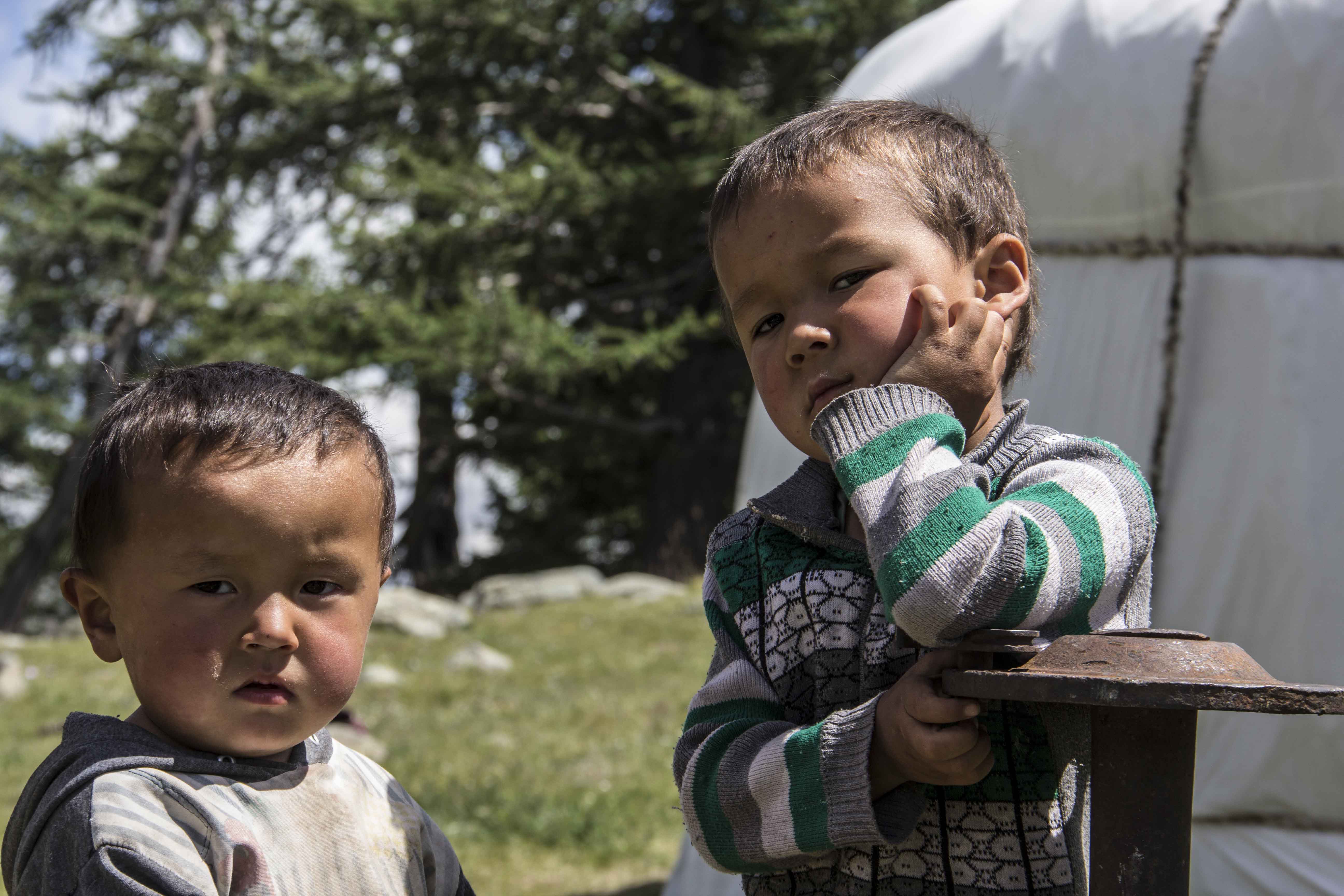
Living in the subarctic taiga demands extraordinary resilience from both humans and animals. The Dukha live in ortz, yurts that resemble Native-Americans tepees. A large yurt may take birch bark from up to 32 trees to make; a medium-sized yurt is made from the bark of 23-25 trees.
Like their reindeers, Dukha people can endure the harshest and coldest weather, minus 31-50 Celsius degree of winter, living in teepees. Tsaatan usually settle between 1800-2300m above sea level, depending on the seasons. These portable homes must withstand brutal conditions while remaining light enough to relocate as herds seek fresh grazing grounds.
The Sacred Bond Between Human and Reindeer

Unlike reindeer herders in northern Russia or Scandinavia, who keep large herds mainly for meat, the Dukha keep smaller herds (average 30-100 reindeer per family) primarily for milk, cheese, and as pack animals. The reindeer are rarely killed for meat unless they are old or injured.
They are milked daily to make cheese, butter, and yoghurt, which forms a staple part of the Dukha diet. Reindeer are also the Dukha’s main transport through the forested taiga. The terrain here is swampy and uneven, making it difficult for horses, so the reindeer are saddled and ridden. It’s one of the only places in the world where you’ll see people riding reindeer not as a performance, but as a daily necessity.
Spiritual Connections Run Deep

The Dukha practice animistic shamanism. They believe that spirits inhabit all parts of nature – animals, rivers, trees, mountains. Shamans play an important role, conducting rituals to heal illness, protect the herds, or ensure balance between the human and spirit world.
Carved reindeer antlers, horse skulls, and small stone altars can often be found around their camps as offerings to spirits. The Shamanistic practices among Dukha people differ from those of other Shamanistic religions in the region. Shaman worship among the Tsaatan people is thought to represent the oldest variant of Shamanism practiced by Turkic and Mongolian nomads.
Modern Challenges Threaten Ancient Ways
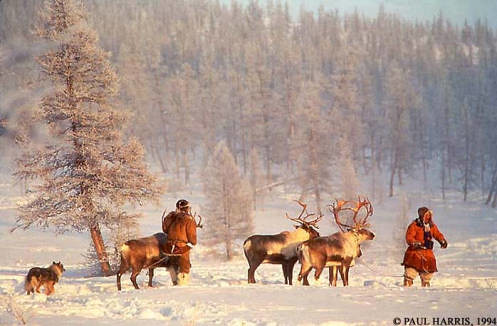
The Dukha community faces numerous challenges, including: Climate change affecting reindeer migration and grazing patterns. Youth migration to cities in search of education or work. Restricted hunting regulations that limit traditional practices. Tourism pressure, which while bringing income, sometimes disrupts spiritual traditions.
The government declared the Tsaatans’ hunting ground a part of the national protected parks. It’s now off-limits, so they can’t hunt anymore. As compensation, according to Sardar-Afkhami, each family was paid about $150. It’s a bit sad because these are traditional hunters and the reindeer need to move.
Tourism: Blessing or Burden?
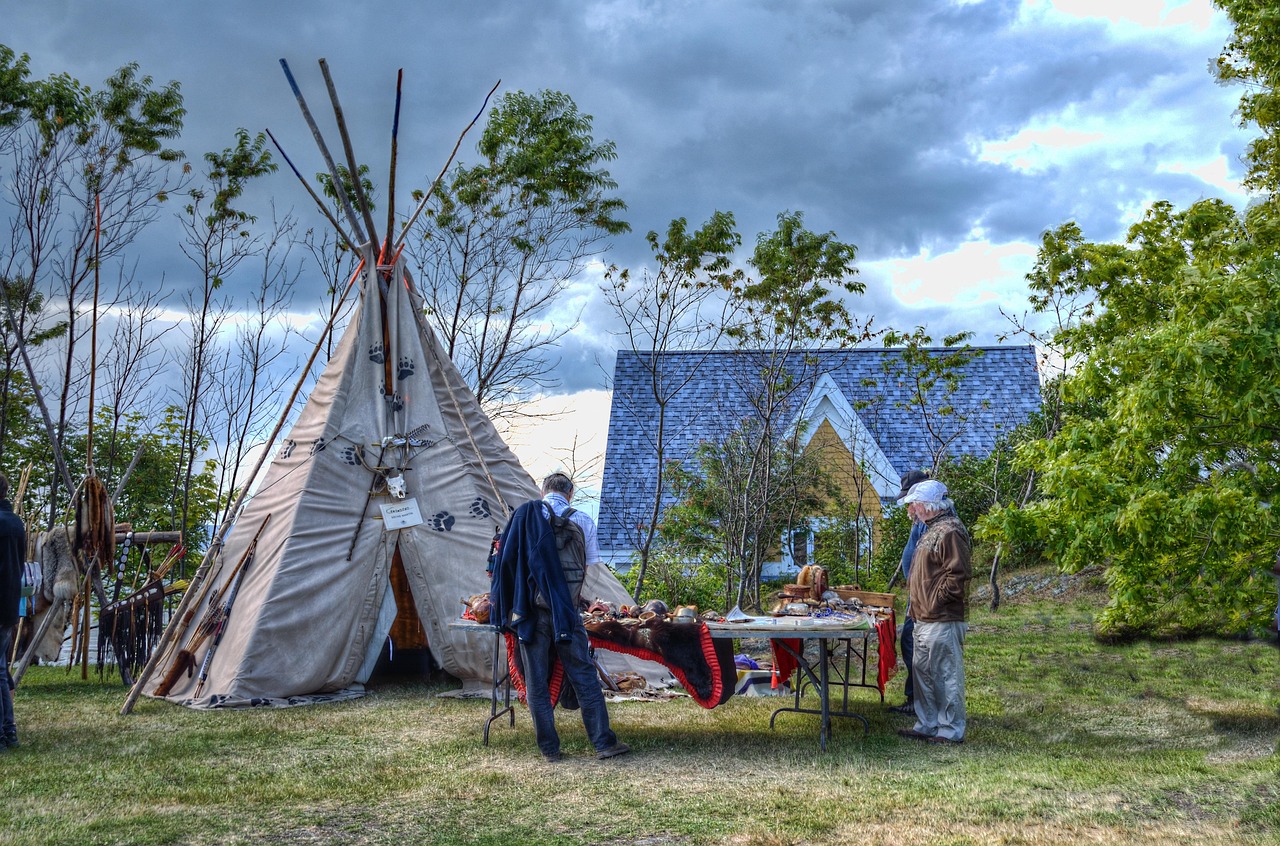
They are now trying to earn money from tourists to provide their own supplies and necessities. They sell handmade souvenirs from antlers and stones. Families often prepare tepees to accommodate travelers, which became a significant source of income.
A few of them even move down to Lake Khuvsgul, the tourist hub of northern Mongolia, during summertime, even though this is not favorable for the deer during this time of the year, often resulting in serious health impacts to the livestock. Here, by the lake, they invite travelers into their tepees and charge for taking pictures. Such developments led many to fear that increasing dependence on tourism would soon turn the Dukha into human exhibits.
Government Support and Cultural Recognition
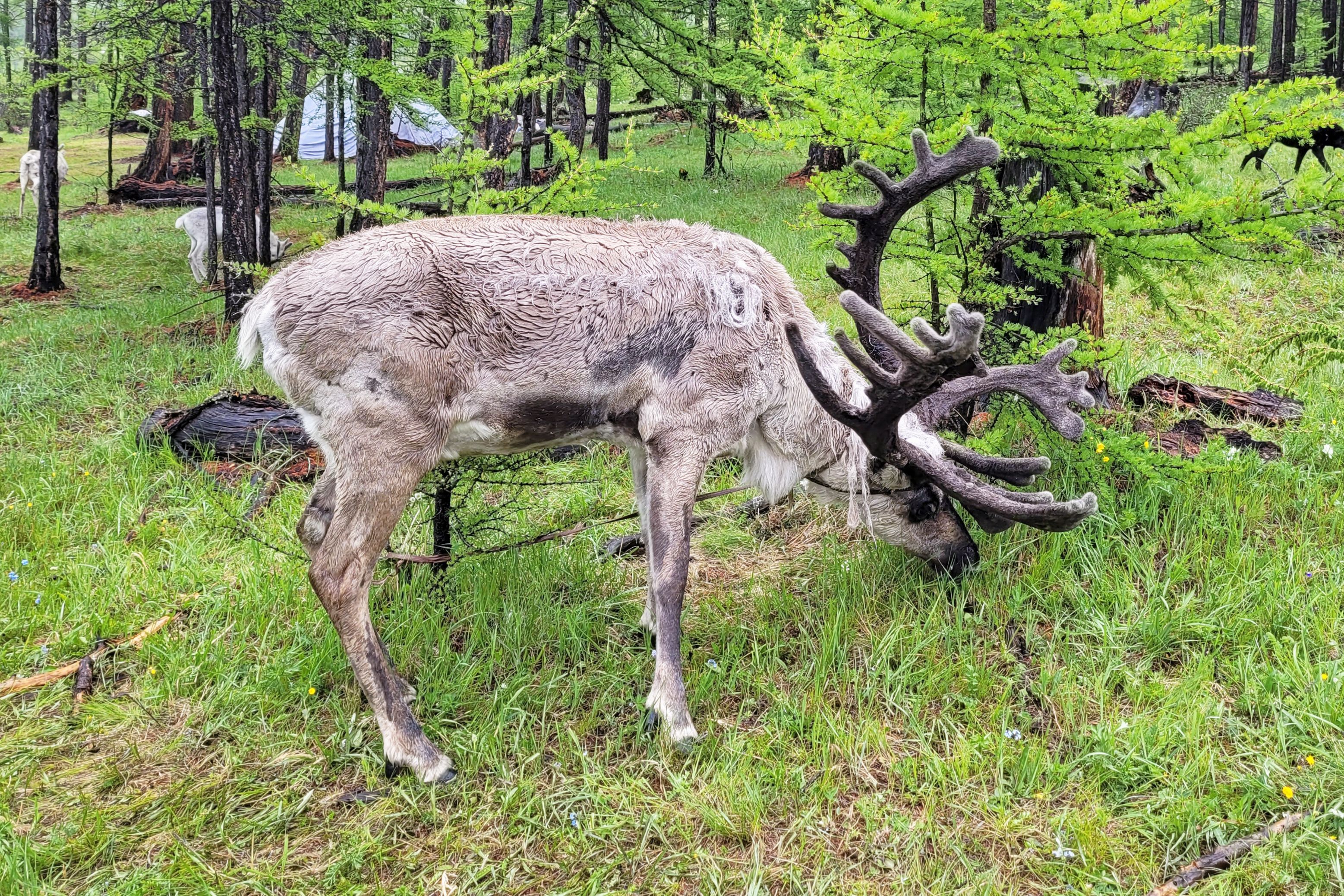
The Mongolian government provides monthly welfare of 70 USD to every Dukha adult and 30 USD for kids to sustain their unique lifestyle. More encouragingly, Efforts have been made to gain recognition for the Dukha culture, including potential nomination for UNESCO’s Intangible Cultural Heritage List, recognizing their unique bond with nature, animals, and ancient knowledge systems.
Several conservation organizations and Mongolian government agencies have worked to protect the Dukha’s reindeer herding culture, support veterinary care, and provide education without forcing assimilation.
A Future Hanging in Balance
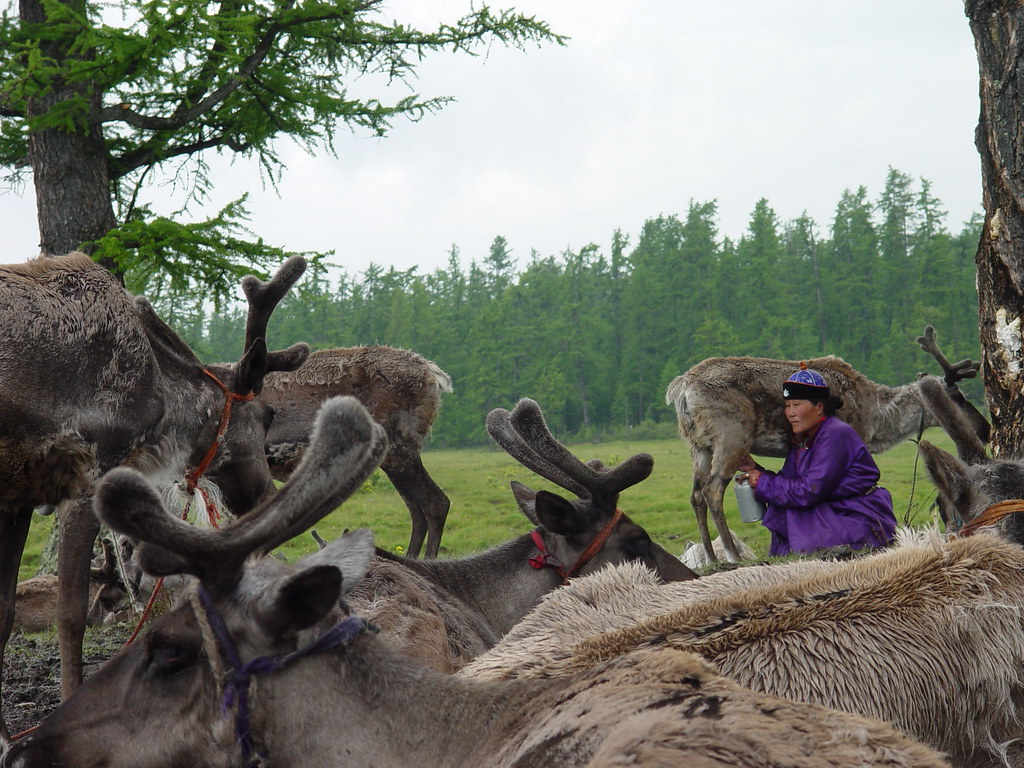
Like many nomadic or semi-nomadic groups, their way of life is under threat. The reindeer herds are declining due to disease and environmental changes affecting lichen growth. Young Dukha increasingly leave the taiga to find education or work in towns like Tsagaan Nuur or Murun, leading to fears that reindeer herding traditions could vanish within a generation. Their culture is not frozen in the past – they use solar panels, motorbikes, and satellite phones alongside reindeer saddles and shaman drums. Like all communities, they adapt to survive.
The Dukha represent something irreplaceable in our rapidly changing world. Their deep understanding of Arctic survival, sustainable herding practices, and spiritual connection to nature offers valuable lessons about living in harmony with the environment. Whether this ancient way of life can survive another generation depends on finding the delicate balance between preserving tradition and embracing necessary change. In the vast expanses of Mongolia’s taiga, where reindeer still roam and ancient spirits are said to watch over the land, the future of one of humanity’s last nomadic cultures continues to unfold.
